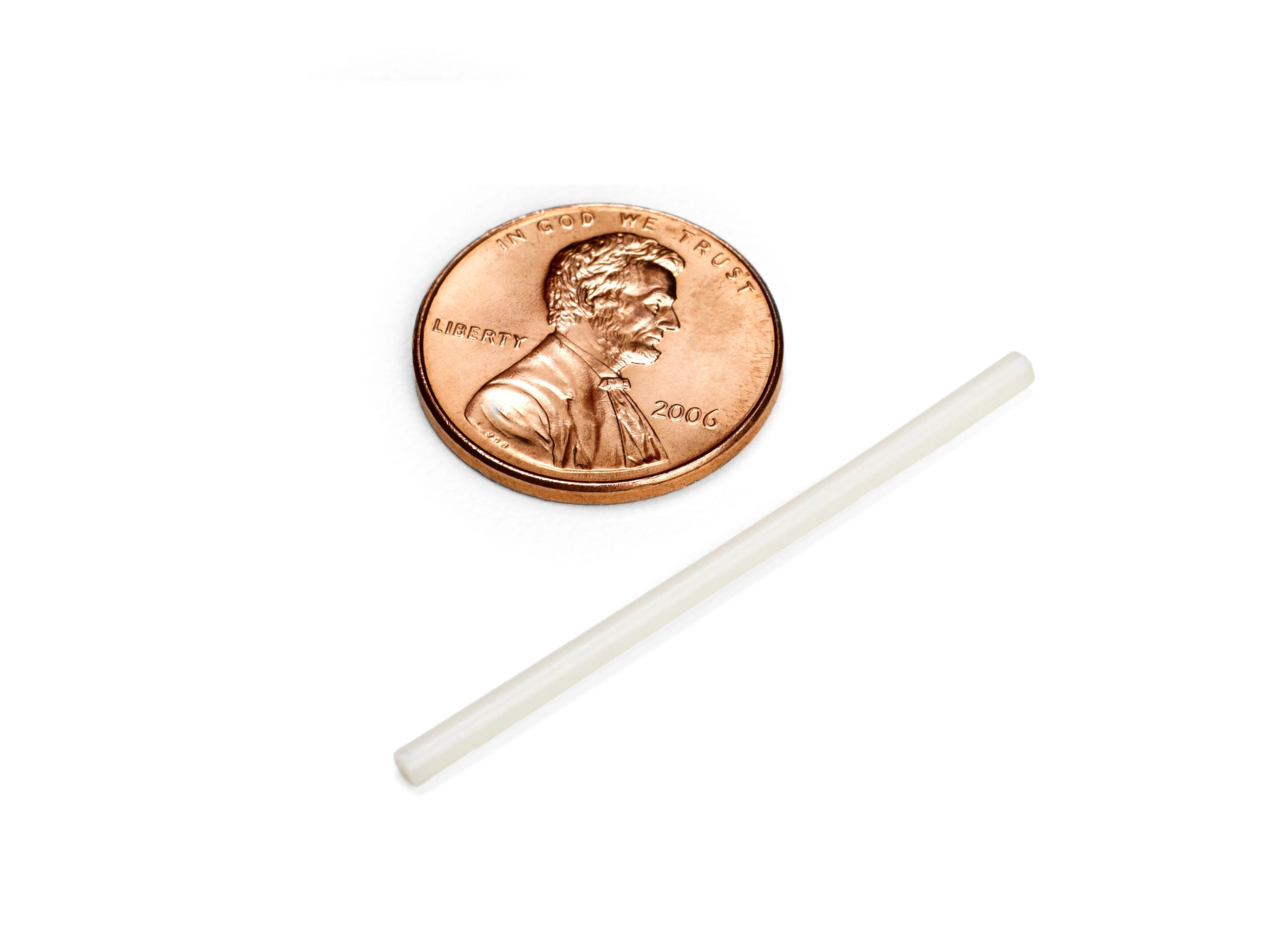This implant could prevent HIV infection

A tiny implant may prevent a person from getting HIV for a year, reports the New York Times.
The implant: It’s a plastic tube the size of a matchstick that slowly releases an anti-HIV drug. It would be placed under the skin of the arm.
HIV prevention: Even if you don't have the virus, taking anti-HIV drugs daily can stop you from getting infected. Such "pre-exposure prophylaxis," or PrEP, is for people at high risk of getting the virus, according to the Centers for Disease Control and Prevention.
Set and forget: The idea behind the implant is that it would make PrEP easier. Because it would release an antiviral drug little by little over months, people would not have to remember to swallow pills. It’s based on a similar implant for birth control.
The evidence: The device is being developed by Merck, which carried out a three-month-long preliminary test in just 12 men. It contains an experimental, but long-acting, anti-HIV drug called islatravir. The company presented the prototype today at an HIV science conference in Mexico City.
Downsides: Without having to fear the HIV virus, people on PrEP drugs might end up getting other sexually transmitted diseases, like chlamydia and gonorrhea, more often. That was the finding of a study published this April on 4,375 gay and bisexual men in Australia.
Deep Dive
Biotechnology and health
How scientists traced a mysterious covid case back to six toilets
When wastewater surveillance turns into a hunt for a single infected individual, the ethics get tricky.
An AI-driven “factory of drugs” claims to have hit a big milestone
Insilico is part of a wave of companies betting on AI as the "next amazing revolution" in biology
The quest to legitimize longevity medicine
Longevity clinics offer a mix of services that largely cater to the wealthy. Now there’s a push to establish their work as a credible medical field.
There is a new most expensive drug in the world. Price tag: $4.25 million
But will the latest gene therapy suffer the curse of the costliest drug?
Stay connected
Get the latest updates from
MIT Technology Review
Discover special offers, top stories, upcoming events, and more.